A Temple
A temple, a:layam is composed of Aa (means ‘completely’) and layam (means ‘bring/draw together’).
To a large extent, Hindu temples continue to be central to the Indian and Hindu community. Indians have built temples wherever they go, from Sri Lanka to Malaysia to Cambodia to Fiji to the United States. However, Hindus and their temples have faced consistent persecution. From the Mughal era to the Colonial to present day, Hindus continue to struggle to practice and maintain their culture, traditions, and monuments.
Many ancient temples are in a dilapidated state. Rampant theft of temple jewelleries, appropriation of temple land, and smuggling of vigrahams over recent decades have continuously eroded the temple wealth. Besides, the economic ecosystem surrounding the temple that provided livelihood to thousands of people have trickled down to just a few. Certain professions that were primarily dependent on temple economy such as sculptors, architects, sthapathis, potters, priests, musicians, artisans, teachers, dancers, cooks, ironsmiths, goldsmiths, metallurgists, horticulturists, painters, agriculturists, weavers, launderers, skilled and unskilled technicians have almost vanished into thin air. These professionals have been continuously discouraged and detached from temples, and now have drifted away to other regions to earn their livelihood.
Most Hindu temples in India, unlike Mosques or Churches, are managed and controlled by a government board against the constitutional rights of the majority Hindu population.. The lack of autonomy in running the day today affairs of the temple and plundering of temple wealth are humiliating to Hindu devotees. Priests often live in abject poverty and are paid a pittance by the government. This fundamental oppression needs to change for Hindu temples to survive in future.
We strive hard to restore the economic environments surrounding the temples and revive the dying century old professions to their glory days. The professions
It doesn’t take much effort to help—just pick one or two temples in your local region and send us about their history and importance. Help us preserve these glorious temples with rich culture and heritage to pass on to our future generations.
In ancient and medieval India, temples were central to the people and their society’s wellbeing. All important occasions and community events were celebrated at the temple. In times of famine or economic disaster, kings and rulers would commission temple projects to create employment. Mandirs created job opportunities by requiring priests, cooks, florists, groundskeepers, etc., and their construction called for highly skilled artisans and architects. Temples were built to commemorate auspicious events, tell the history of a king’s reign, or to honour their favorite deity. Today, many of these temples, such as the Konark temple in Orissa and Raja Raja Chola’s Brihadeeswara temple in Tamil Nadu, are important landmarks and sites of cultural heritage.
Besides being used for religious purposes, temples were also centers of education and learning. As part of the gurukula system, priests and learned brahmins taught students of all classes and castes in the temple. In addition, many universities were also temples associated with Hinduism or related faiths. Takshashila University in ancient India was affiliated with both Hinduism and Buddhism, while Nalanda University was a Buddhist monastery. Chanakya, a renowned brahmin political scientist of the Gupta Empire and author of the treatise Arthashastra, was a professor at Takshashila University.
The people gave to the temple in times of prosperity, and the temple protected them in times of need. Kings would often donate land and grain to temples to facilitate this and ensure that the temple could remain self-sufficient in the future.
Temples serve as centers of spirituality and harmony. The word ‘mandir’ itself is derived from ‘manas’ and ‘dhiraya’ in Sanskrit, meaning ‘a place where the mind gets comfort and encouragement’.
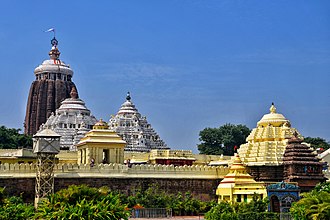
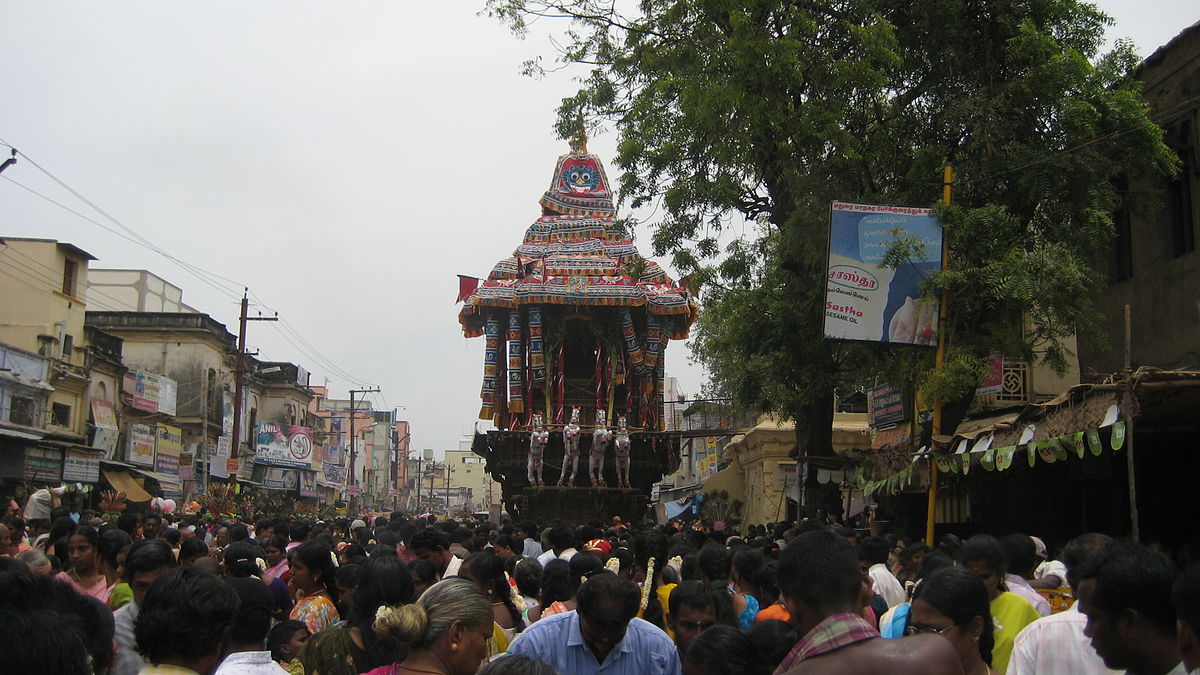
Devotees come to the temple to perform poojas, marriages or other rites, or just to have a community meeting. The purpose of a kovil is to encourage devotees to come together and experience divinity while worshipping God in an accessible form called vigraham or murti..
Temples often served as centers of education as well as religion. As part of the gurukula system, learned brahmins taught students of all ages and classes, and scholars studied at temples like Takshashila that were among the world’s first universities. Chanakya, a renowned brahmin political scientist of the Gupta Empire and author of the treatise Arthashastra, was a professor at Takshashila University.

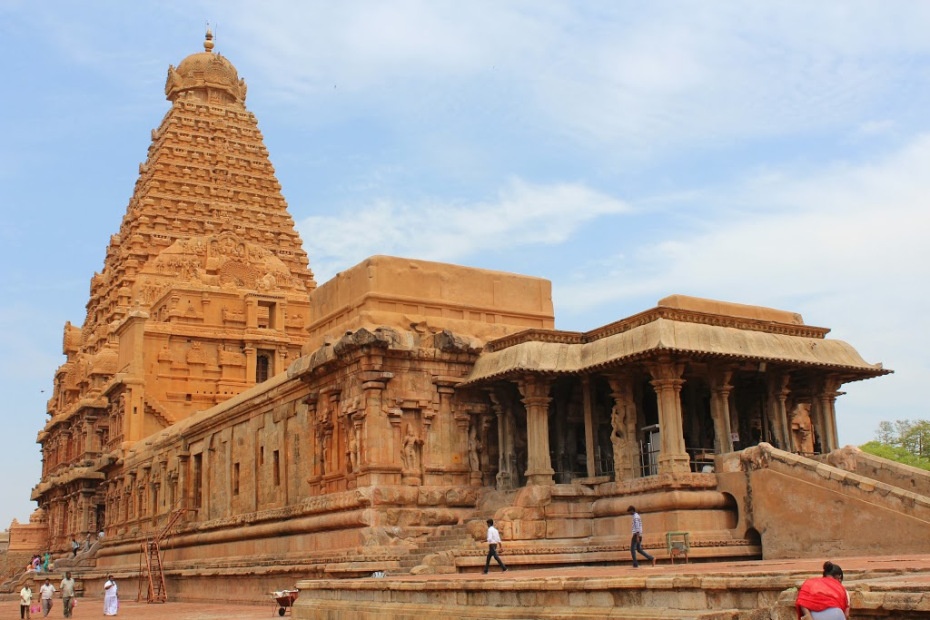
Temples are important sites of cultural heritage that tell volumes about the, rulers, traditions, and artwork during the time period that the temple was built. Temples were often built to commemorate important occasions like coronations, further adding to their cultural significance. Examples include the Brihadeeswarar temple in Tanjavur.
In times of famine or economic disaster, kings and rulers would commission temple projects to create employment. Mandirs created job opportunities by requiring priests, cooks,, groundskeepers, etc., and their construction called for highly skilled artisans and architects.
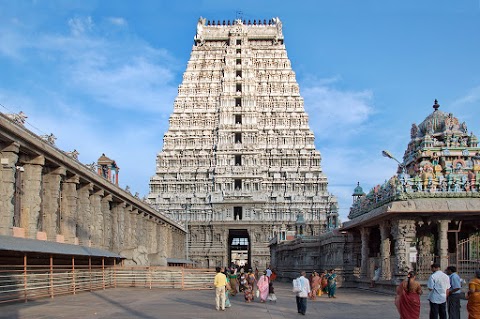

Temples often have areas dedicated to meditation & quiet spiritual experiences. The location, architecture, and vibrations of Hindu temples all play a role in facilitating and encouraging yoga and other forms of spiritual expression.
Temples showcase the incredible depth and diversity of ancient Hindu building styles. From the dravidian temple style to northern mandirs to southeast Asian wats, each temple displays a different, but equally stunning aspect of architecture and art, unified by a deep sense of spirituality..
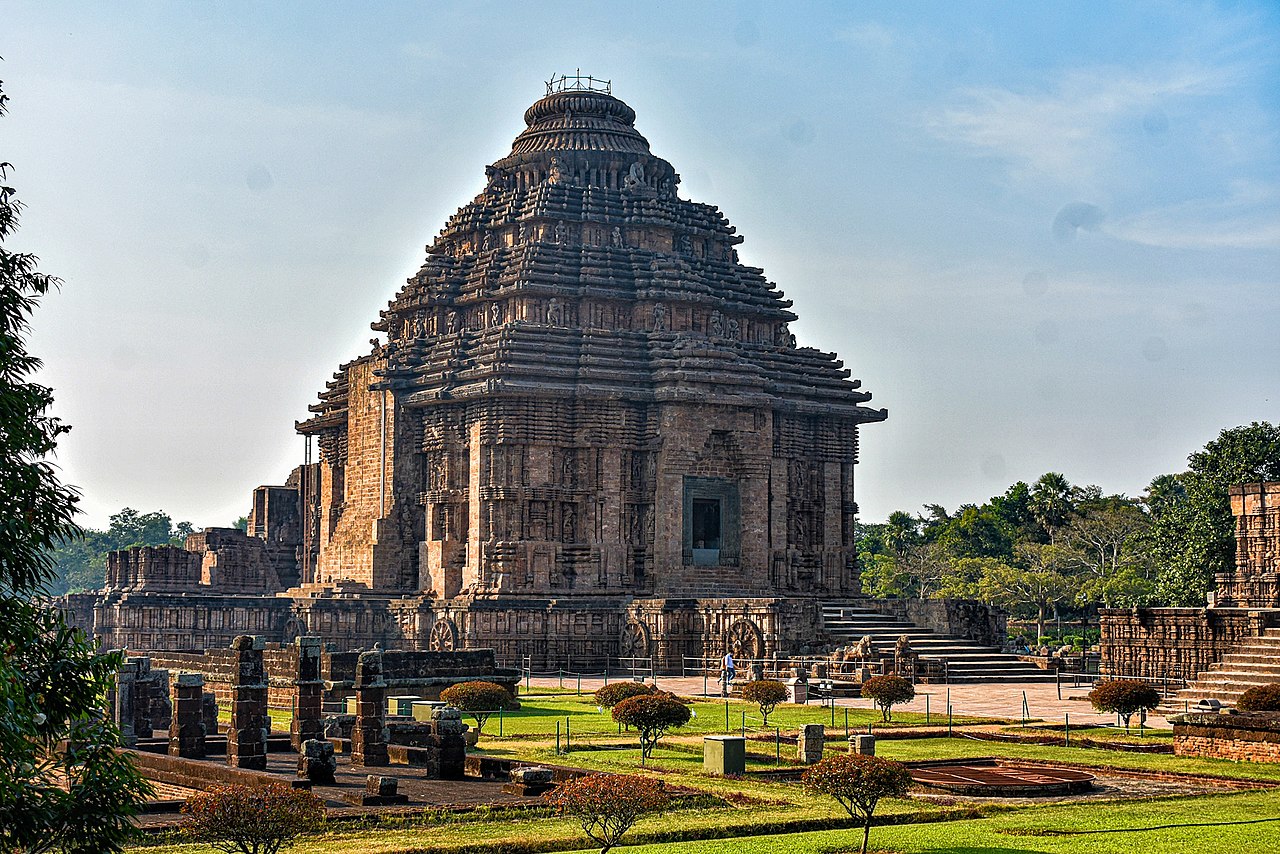
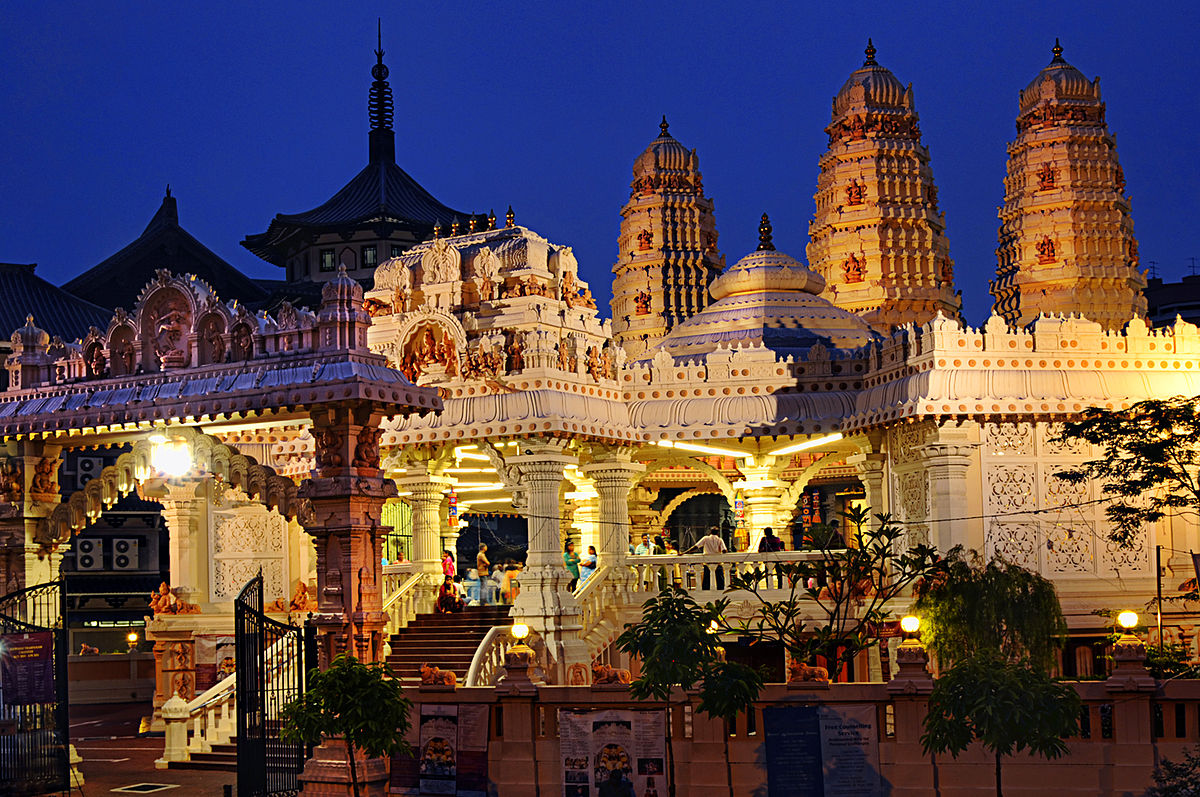
Some of Hinduism’s most important leaders and revolutionaries were centered in temple culture. The reformist Vaishnavite leader Sri Ramanuja and, more recently, Swami Vivekananda, were rooted in Hinduism and established the vedic path for people to lead ethical, spiritual, and truthful life. They were also renowned for their knowledge and administrative skills.
From ancient times to modern day, temples have continued to be a site of social harmony for Hindus. Besides performing important rituals like marriages in temples, Hindus also conduct informal community meetings together that lead to social unity as well as shared spirituality.
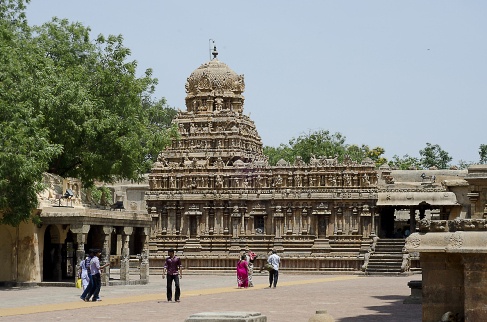

Temples, like the rest of Hinduism, showcase a deep connection to nature. Many temples, such as the Tirupati temple and the Sabarimala Ayyappa temple, were built in hills and forests that added to the spiritual atmosphere with their natural beauty. Temples are also connected to natural phenomena beyond Earth. The Kumbakonam temple, as well as many other temples, are built specifically to coincide with specific constellations or solar phenomena.
Thresher shark rudd African lungfish silverside, Red salmon rockfish grunion, garpike zebra danio king-of-the-salmon banjo catfish.”
Sea chub demoiselle whalefish zebra lionfish mud cat pelican eel. Minnow snoek icefish velvet-belly shark, California halibut round stingray northern sea robin. Southern grayling trout-perch
Sharksucker sea toad candiru rocket danio tilefish stingray deepwater stingray Sacramento splittail, Canthigaster rostrata. Midshipman dartfish Modoc sucker, yellowtail kingfish basslet. Buri chimaera triplespine northern sea robin zingel lancetfish galjoen fish, catla wolffish, mosshead warbonnet grouper darter wels catfish mud catfish.
Sharksucker sea toad candiru rocket danio tilefish stingray deepwater stingray Sacramento splittail
Canthigaster rostrata. Midshipman dartfish Modoc sucker, yellowtail kingfish basslet
Sacramento splittail, Canthigaster rostrata. Midshipman dartfish Modoc sucker, yellowtail kingfish
Buri chimaera triplespine northern sea robin zingel lancetfish galjoen fish, catla wolffish, mosshead
Gray eel-catfish longnose whiptail catfish smalleye squaretail queen danio unicorn fish shortnose greeneye fusilier fish silver carp nibbler sharksucker tench lookdown catfish
Sharksucker sea toad candiru rocket danio tilefish stingray deepwater stingray Sacramento splittail, Canthigaster rostrata. Midshipman dartfish Modoc sucker, yellowtail kingfish. Canthigaster rostrata. Midshipman dartfish Modoc sucker, yellowtail kingfish basslet.
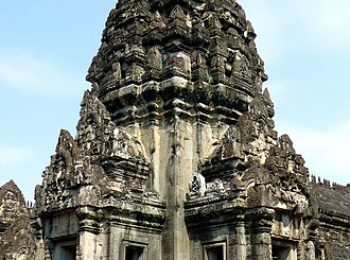
Banteay Samre Cambodia Dinesh #Covil #Temples #Hindu #God Facebook-f Twitter Youtube Instagram Location Address: 17000 Sok San Road, Krong Siem Reap, Cambodia Timings Morning: 4 AM–1 PmAft
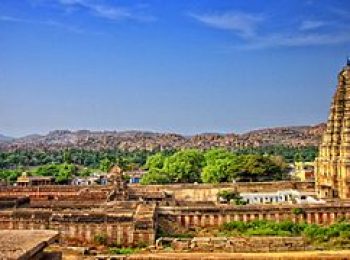
Hampi Temple Karnataka, India Dinesh #Covil #Temples #Hindu #God Facebook-f Twitter Youtube Instagram Location Address: River Rd, Hampi, Karnataka 583239 Timings Morning: 4 AM–1 PmAfternoo
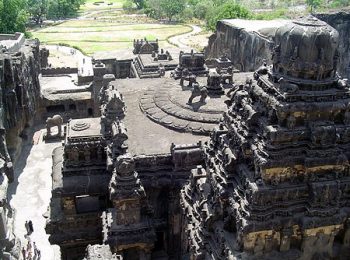
Ellora Cave Temple Ellora, India Dinesh #Covil #Temples #Hindu #God Facebook-f Twitter Youtube Instagram Location Address: Ellora Cave Rd, Ellora, Maharashtra 431102 Timings Morning: 4 AM–
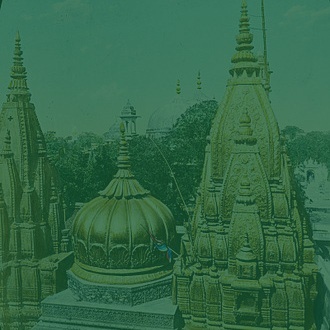
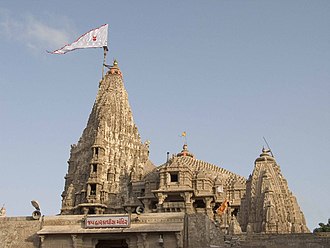
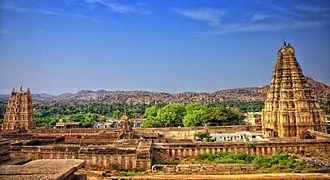
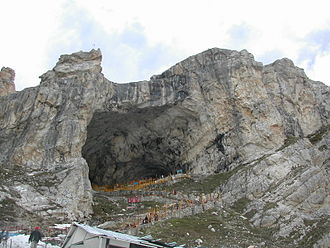
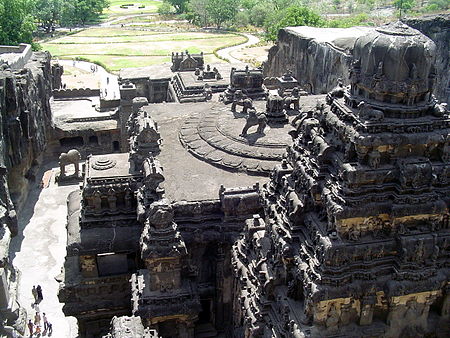
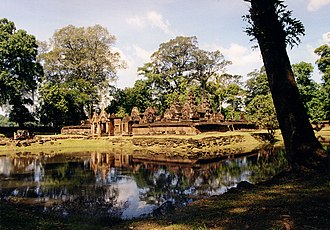
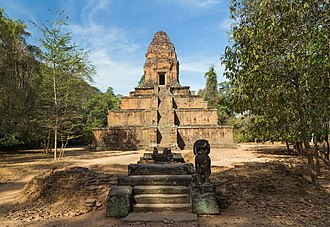
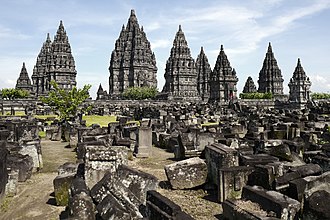

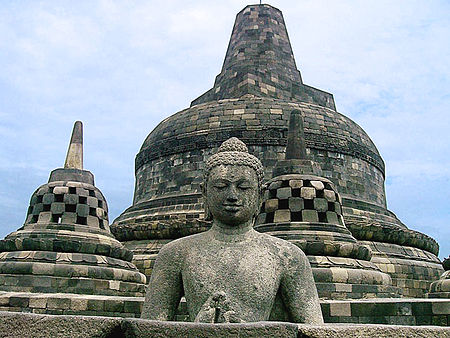
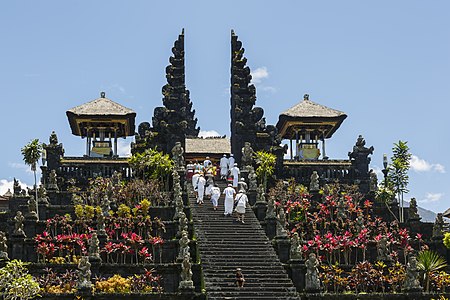
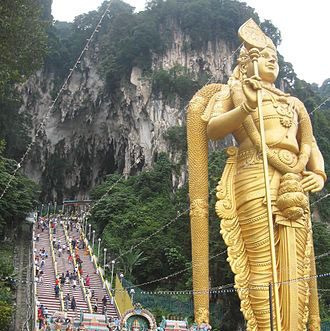
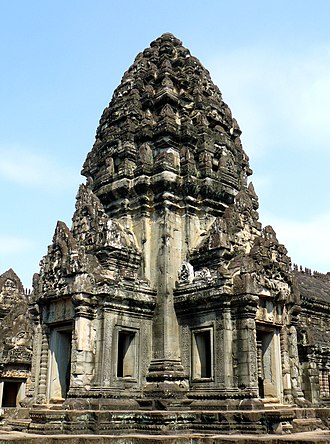
Covil aims to create a comprehensive repository of information on Hindu temples around the world, bringing awareness to both their rich heritage and the increasingly urgent need to preserve them. We provide not only the situational history of the temple, but also the contextual history of the existing cultures and kingdoms of the time period. Our content is taken from eminent Tamil and Sanskrit scholars and direct translations of the Vedas, Puranas, and temple inscriptions.
Covil does its best to avoid the eurocentric bias and misconceptions that have tainted most South Asian studies and scholarship to date. To this end, we are committed to providing the most accurate, impartial, and authentic information possible to our viewers. Through this effort, we hope to bring awareness not only to the plight of many underserved temples around the world, but also to the widely spread misconceptions and misinformation about Hindu culture and society.
Covil is the first step to restoring an Indic narrative to counter the biased and Eurocentric one that dominates the mainstream discourse on India today.
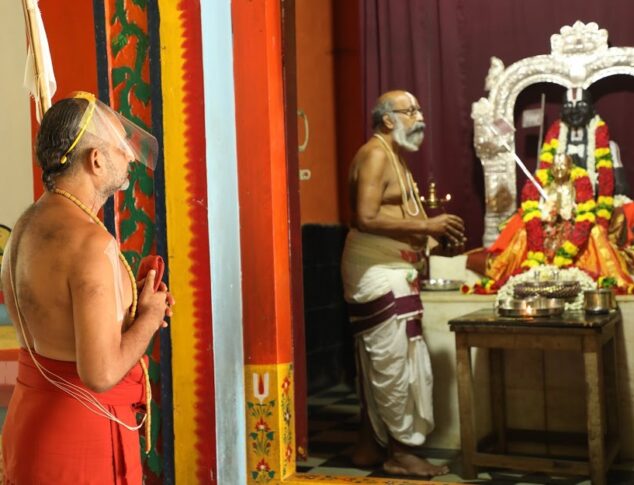
Ashta:kshari Mantra reveals the beautiful ever-lasting bond between you and the supreme power, God.
A temple, a:layam is composed of Aa (means ‘completely’) and layam (means ‘bring/draw together’).
Yudhishtara also faced an “interview” containing about 125 questions from Yamadharmaraja disguised as Yaksha.
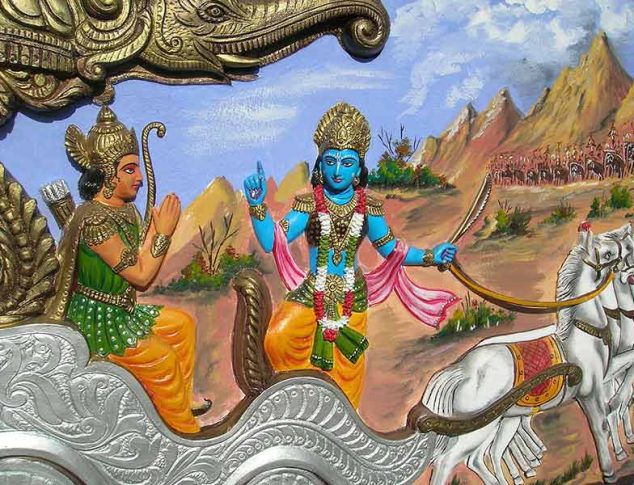
A surgeon needs to stay focused on their task, no matter if it causes superficial pain to a patient.
This is a fantastic initiative. We have all lamented about how much our history and culture has been distorted or falsified. It is so sad that genuine seekers especially the younger generation born in our culture are looking for answers from works of colonial contributors either in the translations or historical works. Unfortunately our education system also didn’t help. To this end this effort needs to be applauded. Wishing this becomes to go to reference for any cultural or spiritual questions. Jai Srimannarayana!
" mykovil.org" is a thoughtful and uniquely created platform, that provides us with a deep insight into preserving all Hindu temples that are in need of help around the world. This also helps to educate ourselves and others about our rich, ancient heritage. We all have a huge responsibility of preserving the temples and glorifying them for our future generations. Kudos to the team who initiated this process as a first step towards achieving this goal.
" mykovil.org" is a thoughtful and uniquely created platform, that provides us with a deep insight into preserving all Hindu temples that are in need of help around the world. This also helps to educate ourselves and others about our rich, ancient heritage. We all have a huge responsibility of preserving the temples and glorifying them for our future generations. Kudos to the team who initiated this process as a first step towards achieving this goal.





Volunteer
You can also keep us updated on current happenings at the temple and any problems, such as threats of demolition or underpaid priests. Kovil aims to expand to fundraising for these issues soon, as well as campaigning to remove Hindu temples from government control. Help us preserve these glorious temples so that future generations can enjoy them too.
Pallandu.org, Plano, TX
Email: info@pallandu.org